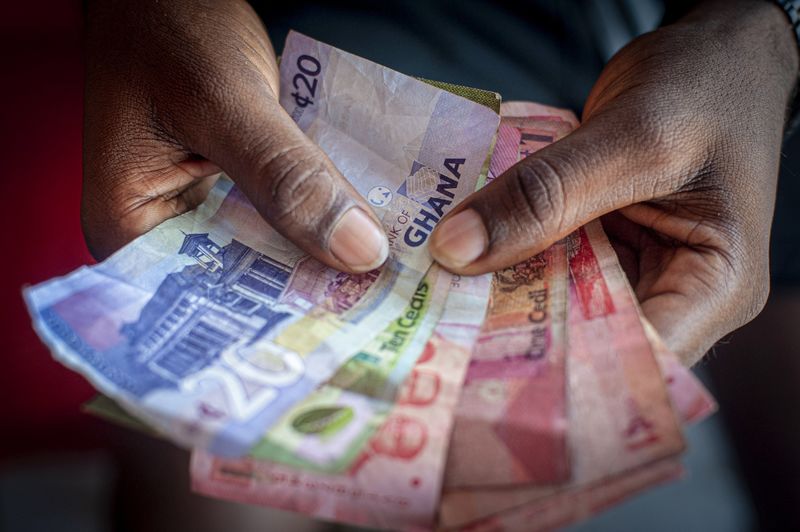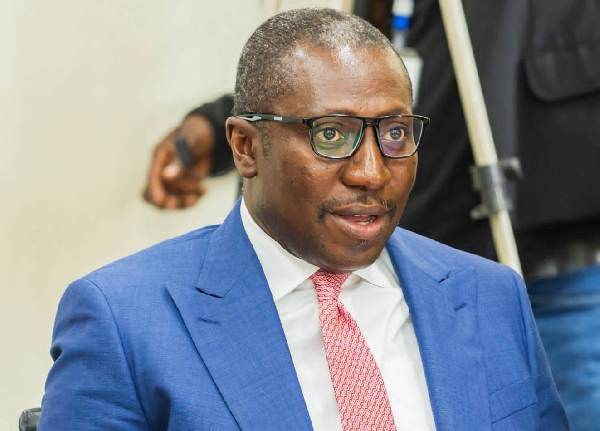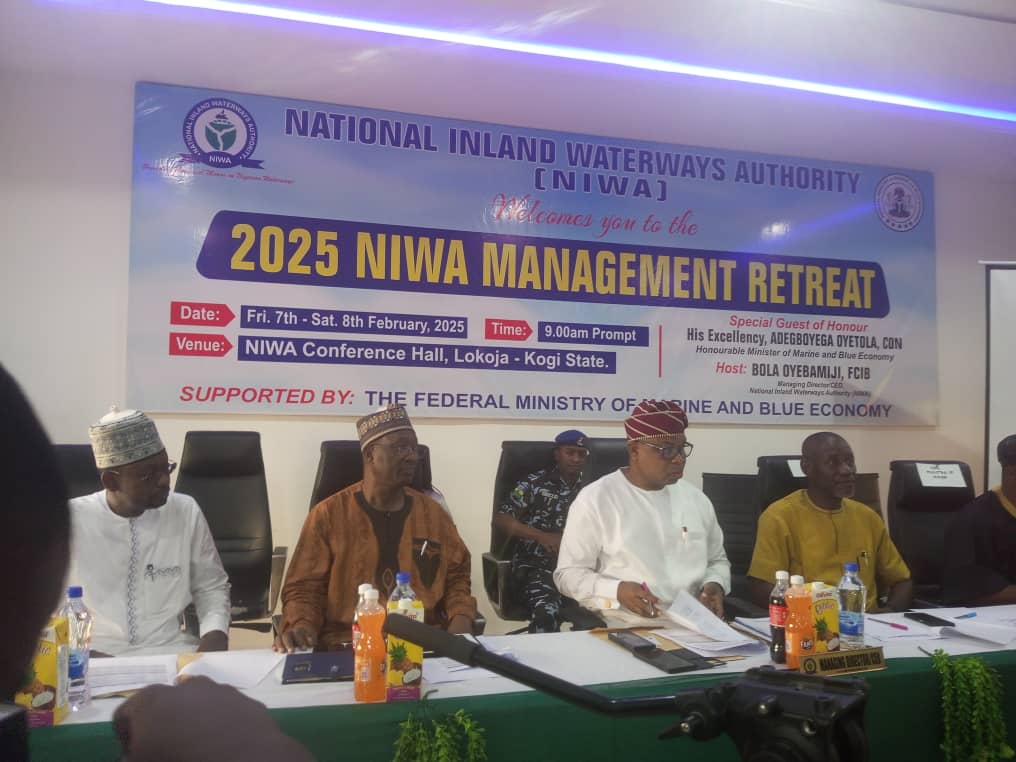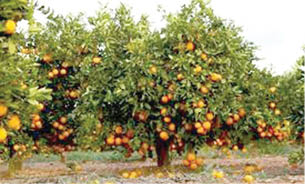Counties tipped on raising billions more in own-source revenues
Friday 07th February, 2025 09:40 AM|

County governments could generate up to Sh260.6 billion if they embrace data-driven revenue forecasting, Devolution Principal Secretary Terry Mbaika has said.
Counties like Mombasa, Murang’a, Homa Bay, and Nakuru have demonstrated that own-source revenue growth is achievable with a data-driven approach, she said at the opening of a two-day own-source revenue growth conference in Nairobi yesterday.
This type of forecasting, she added, also enhances predictability, improves budget discipline and reduces pending bills.
“We must, therefore, rethink our approach to revenue collection,” she stated.
The potential to raise billions more in own-source revenue was proposed by the Commission on Revenue Allocation (CRA) in June 2022.
Data from the Ministry of Devolution shows that county budgets rely heavily on equitable share transfers from the National Treasury, constituting about 80 per cent of county revenues, while internally own-source income accounts for only 13 per cent.
Conditional grants and donor funding make up the remainder. This is not sustainable, Mbaika said, and counties should also embrace internal reforms such as effective policies, digitalisation, and strategic enforcement.
Studies have shown that counties have the potential to be self-sufficient from diverse revenue streams such as land rates, business permits, cess, parking fees, market fees, liquor licences, advertisement fees and housing rents.
“However, despite this immense potential, most counties have historically collected only about 65 per cent of their projected [own-source revenues] due to inefficiencies in revenue administration, unrealistic revenue targets, and weak enforcement mechanisms,” she noted.
Several revenue forecasting models have been developed, Mbaika said.
They include multivariate regression analysis, developed by the Kenya Institute of Public Policy and Analysis; moving average analysis, established by the CRA and the Kenya Revenue Authority (KRA); elasticity forecasting, from the KRA; and the tax administration diagnostic assessment tool or TADAT, from the World Bank.
While these models offer valuable insights, widespread adoption has been limited, Mbaika said.
The Devolution Ministry is working on an agreeable forecasting model tailored to county governments’ needs through the second Kenya Devolution Support Program (KDSP II), she said.
“To this end, the State Department for Devolution is implementing [KDSP II] with support from the World Bank,” she said.
She explained that the programme prioritises revenue forecasting, financial discipline and strengthening county revenue departments.
To enhance own-source revenues, she advised counties to automate revenue collection systems by embracing digital platforms and cashless payment solutions that can eliminate leakages and improve efficiency.
You Might Also Like
For these and more credible stories, join our revamped Telegram and WhatsApp channels.










